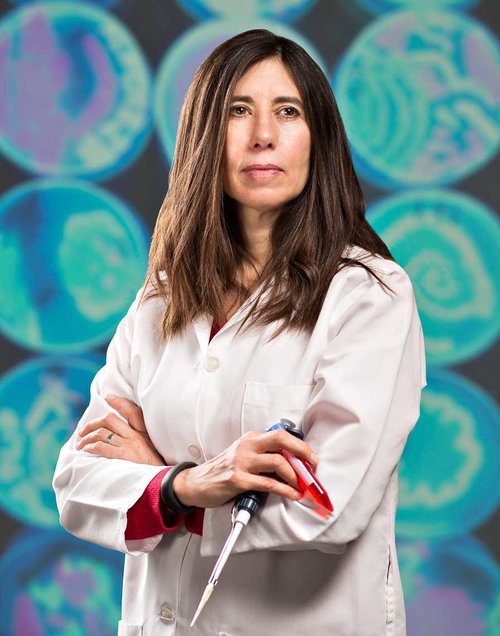We’re showing the world how
biotechnology can fight climate change
Request a biologist for your climate event
Biology is a powerful tool for decarbonization.
Carbon capture and sequestration
Plants and trees absorb carbon dioxide from the atmosphere during photosynthesis. Biological organisms such as algae capture carbon dioxide from the atmosphere and convert it into biomass. This process, known as biosequestration, can help reduce the concentration of carbon dioxide in the atmosphere.
Bioenergy
Biomass can be used to generate electricity, heat, and fuel. This includes using agricultural waste, wood chips, and other organic materials to produce energy.
Bioremediation
Bacteria and fungi can be used to clean up contaminated soil and water. These organisms break down pollutants, reducing the impact of pollution on the environment.
Meet the Team
-

Dr. Ellen Jorgenson
Advisor; founder of Genspace
-

Dr. Vince Sewalt
Advisor; IFF Regulatory Science & Advocacy Head
-

Kristin Ellis
Advisor; Partner, Lower Carbon Capital
-

Ryan Bethencourt
Advisor; Co-founder of IndieBio
-

Dr. Kate Krueger
Executive Director; Managing Partner Helikon Consulting
-

Dr. Lindsey Reader
Advisor; University of Utah
SubscribeContact Us
